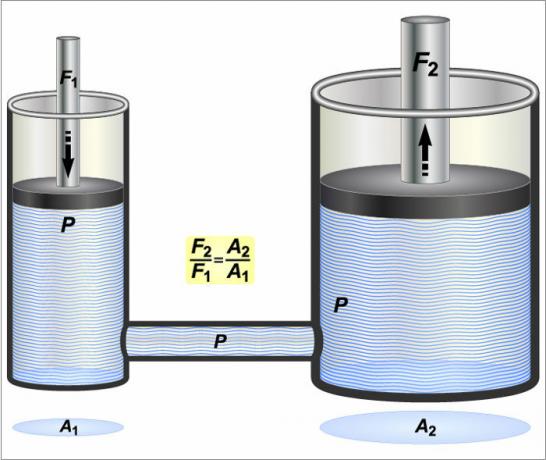Physicists, until the mid-1970s, did not have a concrete concept to explain nuclear phenomena. In order to explain nuclear phenomena more clearly and concisely, the Theory of Chromodynamics emerged. The word chromodynamics derives from the Greek word “chromos” which means color.
The mutual interaction between the fundamental particles of matter is considered a mechanism of fundamental force and cannot be explained by any other type of force. One of the fundamental forces that physicists give a lot of importance to is strong interaction, which is nothing more than the interaction between quarks and gluons.
These basic elements of the constitution of matter (quarks) and mediators of strong interaction (gluons) have their theory based on the foundations of quantum chromodynamics.
In simple concepts we can say that chromodynamics is a theory of analysis, that is, it produces explanations regarding the behavior of elementary particles. It is embedded in the theory of the standard model of elementary particles.
Quantum electrodynamics is a theory that is interested in providing descriptions of the interaction between electrons, positrons and photons. It can be considered to be a field theory of electromagnetism.
Do not stop now... There's more after the advertising ;)
By Domitiano Marques
Graduated in Physics
Brazil School Team
Would you like to reference this text in a school or academic work? Look:
SILVA, Domitiano Correa Marques da. "Chromodynamics and Electrodynamics"; Brazil School. Available in: https://brasilescola.uol.com.br/fisica/cromodinamica-eletrodinamica.htm. Accessed on June 27, 2021.



